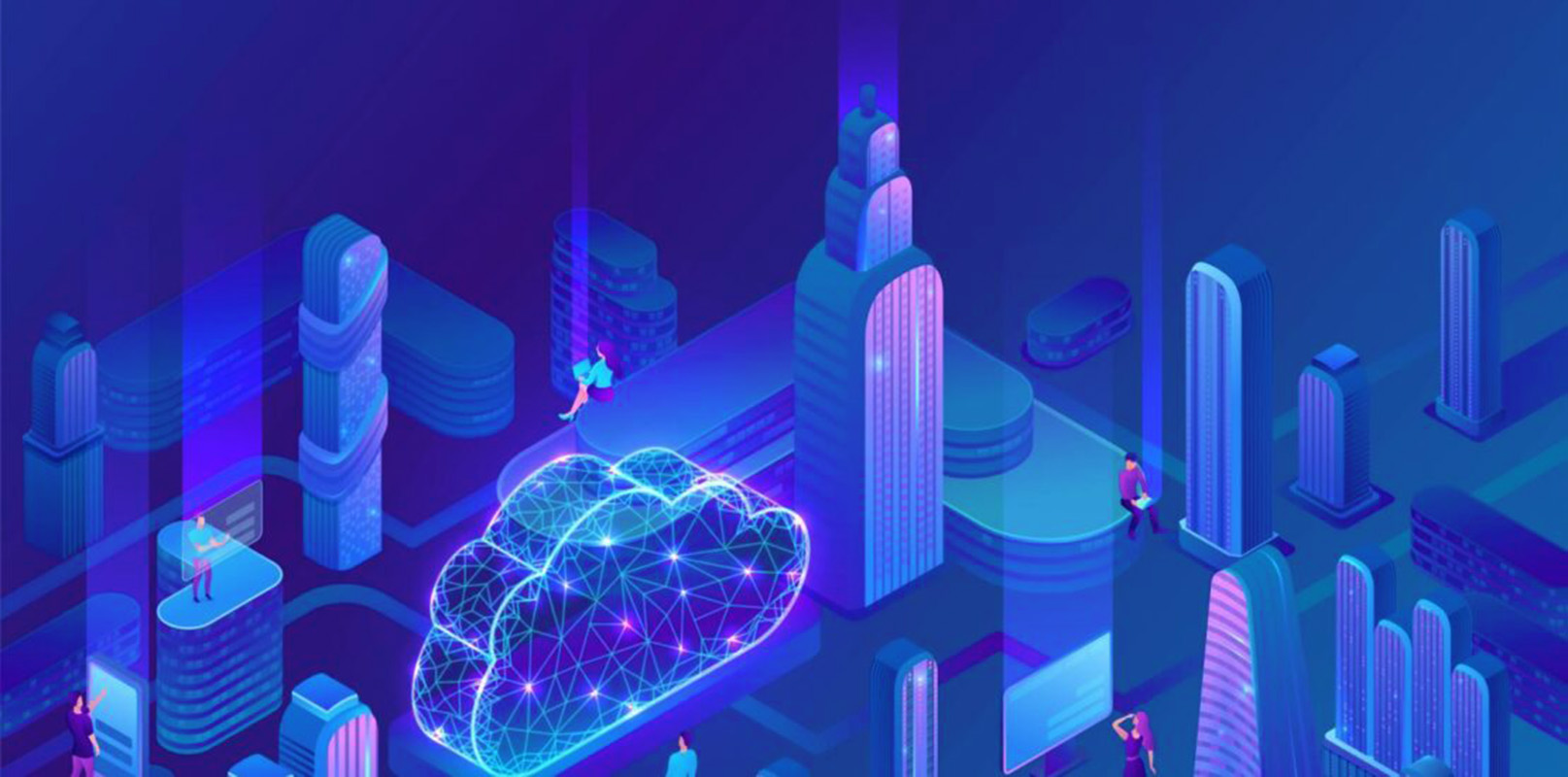
Edge Computing is a distributed computing framework that brings business applications closer to data sources, such as IoT devices or local edge servers. This proximity to data at its source can provide significant business benefits, including faster insights, better response times, and better bandwidth availability.
"Gartner estimates that by 2025, 75% of data will be processed outside of the traditional data center or cloud."
The explosive growth and ever-increasing computing power of IoT devices has resulted in unprecedented volumes of data. And data volumes will continue to grow as 5G networks increase the number of connected mobile devices.
In the past, the promise of cloud and AI was to automate and accelerate innovation by generating actionable insights from data. But the unprecedented scale and complexity of the data being created by connected devices has outpaced network and infrastructure capabilities.
Sending all that device-generated data to a centralized data center or the cloud creates bandwidth and latency issues. Edge Computing offers a more efficient alternative; data is processed and analyzed closer to the point where it was created. Because the data does not traverse a network to a cloud or data center to be processed, latency is significantly reduced. Edge computing, and mobile edge computing on 5G networks, enables faster and more comprehensive data analysis, creating the opportunity for deeper insights, faster response times, and improved customer experiences.
Edge devices: harnessing the potential
From connected vehicles to smart bots on the factory floor, the amount of device data being generated in our world is greater than ever, but most of this IoT data is not exploited or used at all. For example, a McKinsey & Company study found that an offshore oil rig generates data from 30,000 sensors, but less than one percent of that data is currently used to make decisions.
From connected vehicles to smart bots on the factory floor, the amount of device data being generated in our world is greater than ever, but most of this IoT data is not exploited or used at all. For example, a McKinsey & Company study found that an offshore oil rig generates data from 30,000 sensors, but less than one percent of that data is currently used to make decisions.



